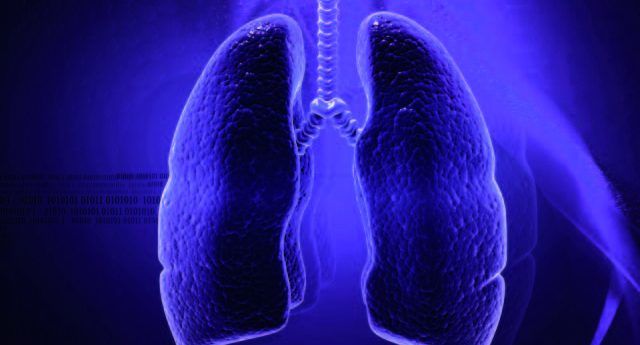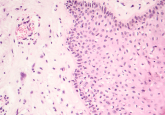Could eosinophils be biomarkers for chronic obstructive pulmonary disease?

A review published in Lancet Respiratory Medicine, demonstrated that eosinophils have a potentially important role in the chronic obstructive pulmonary disease (COPD) response and could be utilized as biomarkers for the disease. It is hoped that eosinophil counts could clinically aid in identifying individuals who would benefit from treatments, starting a personalized medicine approach to COPD.
One of the authors, Mona Bafadhel (University of Oxford, UK) commented: “Repeated observations from large epidemiological studies, and from post-hoc analyses of clinical trial datasets, have shown that eosinophil counts are robust at both identifying the risk of exacerbations and the response to corticosteroids.”
In the review, the team analyzed results from the WISDOM and other trials, which demonstrated that COPD patients with elevated circulating eosinophil levels (greater than 4%) experienced more exacerbations. Data also indicated that inhaled corticosteroids could be beneficial for reducing exacerbations in individuals with elevated eosinophil counts.
Bafadhel stated: “Because studies of inhaled corticosteroids have not initially shown benefit for their use, and because of safety concerns about the long-term use of inhaled corticosteroids, many of these studies have been re-analyzed to investigate the utility of circulating eosinophils in predicting responsiveness to treatment, with mostly positive observations.”
“Elucidation of the role of eosinophils in the pathogenesis of COPD, or as a potential biomarker in the disease, will provide further insight into how we can predict the response of a patient to inhaled corticosteroids and the mechanisms that underlie this response.”
The authors established that measuring the circulating eosinophil count could be useful in predicting the risk of death and exacerbations of COPD. It was also identified that the levels of circulating eosinophils measured in exacerbation could be useful in identifying individuals at most risk of hospitalization, response to corticosteroids and mortality.
“Stratification of the single or combined risk of death, lung function decline and exacerbations — modelled on circulating eosinophils, disease severity, and response to treatment — would be required to determine the utility of circulating eosinophils as a relevant and valid biomarker in COPD risk identification,” Bafadhel said.
Currently, the use of eosinophil counts is limited as there is no consensus on the use of absolute or relative counts and what the cut off levels should be. Bafadhel concluded: “As a biomarker, the eosinophil is relevant and valid, with wide-ranging accessibility, repeatably, and responsiveness. Although, currently only in the research setting, will in the future pave the way to understanding the mechanisms and personalized approaches to treating our patients.”
Sources: Bafadhel M, Pavord I.D, Russell R.E.K. Eosinophils in COPD: just another biomarker? Lancet Respir. Med. doi:10.1016 (2017) (Epub ahead of print); www.medpagetoday.com/mastery-of-medicine/pulmonology-mastery-in-copd/66248





